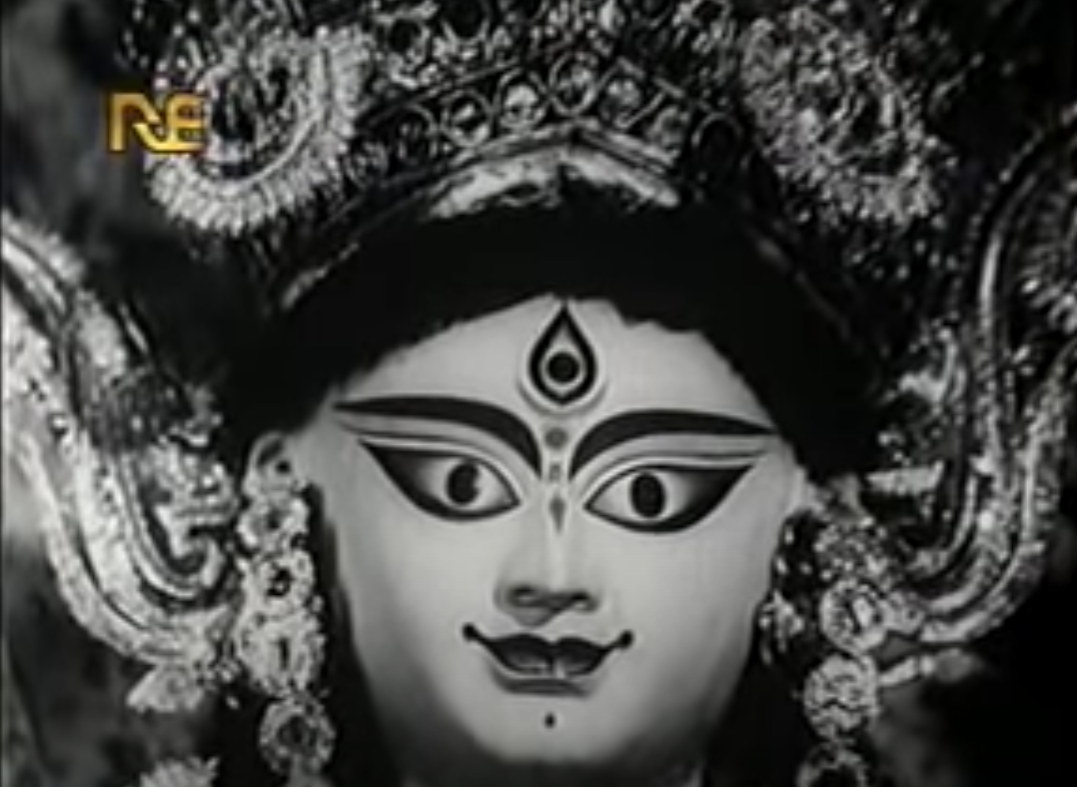
The Devi’s Sword of Knowledge Slays asura symbolizing ‘ego’
“The Devi’s Battle Sequence with the asura brothers is the inner conflict between The Boundless Self and the limited sense of self or the subjective

“The Devi’s Battle Sequence with the asura brothers is the inner conflict between The Boundless Self and the limited sense of self or the subjective

The Goddess Multiplies Her Forces Calling Forth Seven Shaktis, Who Are Seven Aspects of human consciousness. Thus, in The “Devi Mahatmya”, Ma Chandika and Maha

According to Tantra Jiva or individual consciousness is bound by eight bonds or pasas. Jiva is limited by various constraints (kanchukas) and ashta pasas (eight

The Goddess Has Two Forms- One Auspicious and The Other Terrible, similar to Shiva’s terrible form as Rudra apart from His usual auspicious form. This

mahishasura’s episode from The “Devi Mahatmya” reveals that through active struggle with divine rajas, one can easily overcome enslavement to the indriyas and live righteously

The earth quaked and the mountains rocked in the wake of the Warrior Goddess, The Great Unity Of The Innate Powers (Saktis) of all the

This final victory represents the realization of the true Self, the end of all multiplicity, the steady experience of Oneness, and the passage from an

Perplexed by the multiple names invoked to refer to The Goddess- Devi, Chandika, Ambika, Kali, Ma Chamunda, Brahmani, Maheshwari, Kaumari, Vaishnavi, Varahi, Narasimhi, Aindri and

raktabija, who strides onto the battlefield after the death of Chanda and Munda, is none other than the citta vrttis. That raktabija is symbolic of

What do these two asuras denote? chanda means ‘fierce’ or ‘passionate’ while munda denotes a ‘shaved head’. Generally a shaved head is symbolic of vairagya

